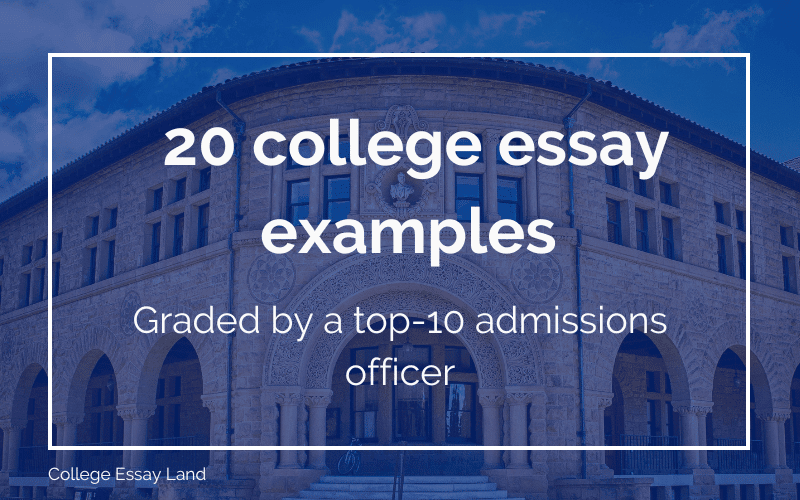Contents
Last updated May 19, 2023
Every piece we write is researched and vetted by a former admissions officer. Read about our mission to pull back the admissions curtain.
How to Narrow Down Your College List
Admissions officer reviewed by
Ben Bousquet, M.Ed
Former Vanderbilt University
Written by
Kylie Kistner, MA
Former Willamette University Admissions
Key Takeaway
Is your college list starting to look more like a March Madness bracket than a college plan?
There comes a point in every applicant’s journey when the school list just gets too big. Pregnant with possibilities, your list overflows with options.
Having options isn’t a bad thing, but the reality of college admissions is that it’s always a game of give and take. You can’t burden yourself with too many options, or you’ll simply run out of time to produce the best possible applications and end up decreasing your chances of admission to begin with.
Instead, your college list needs to be structured and intentional.
In this post, I’ll explain how to cut what isn’t worth keeping.
When to Cut Schools
Hopefully by now you’ve read our school list building guide. If you have, you’ll know that you should have your schools organized into three categories:
-
Reach
-
Target
-
Safeties
Remember that a good general rule is to apply to around 10 schools. That means that each of these categories should have about 3 options. Depending on your own profile and goals, you might allot them a little differently. But you get the idea.
Look at your list organized by type and see if any particular category is overrepresented.
You have too many reaches.
Too many reaches is the biggest danger zone. That means that you’re spending your time and money on applications for schools that by definition aren’t likely to admit you.
Now, if you have unlimited time and resources, then maybe that’s not a problem.
But if you’re like most students, you’re probably better off cutting some of your reaches or replacing them with more likely options.
You shouldn’t be applying to every Ivy plus five T20 schools. When it comes to elite admissions, you still need to put in the groundwork to determine which highly-selective schools are the best fit for you.
Cutting out some of your reaches may also mean rearranging your list entirely. Once you start eliminating options, you might realize that some of your targets should actually be categorized as reaches.
However you reshape your list, try to remember that the hard work you’re doing now will make your life easier in a few months.
You have too many safeties that you don’t care about.
We’re all for a cautious approach to college admissions. The landscape is more unpredictable than ever before, so you need to have good safeties in place to ensure you’ll have somewhere to go in the fall.
But there are so many amazing schools out there that would be thrilled to admit you. You don’t need to settle for safeties that don’t do anything for you.
Unless you’re applying for very specific circumstances (your parent’s job gets you free tuition at the school, for example), wouldn’t you rather prioritize safeties that you’d love being at?
If there’s a safety on your list that you wouldn’t want to go to anyway, especially if there is no financial reason for you to apply, then consider cutting it. Instead, keep researching safety options until you find the ones that you like just as much as your targets and reaches.
When to Add Schools
After you’ve pruned your reaches and safeties, you may be left with a list that looks a little sparse or unbalanced. If so, it’s time to go back to the drawing board.
Adding schools is important when your list doesn’t have sufficient reliable options. Going through this process may have sparked a realization that your list isn’t broad or deep enough.
If your list teeters to one side of the spectrum, consider adding schools on the opposite side of the list to create more balance.
Creating a balanced school list means that you’re carefully considering your chances of admission, your academic fit, and other factors like social life, financial aid, and post-graduate opportunities.
Your list should be broad enough to represent the variety of schools you’re interested in but not so broad that it has no focus. Similarly, it should be deep enough to give you options across the reach, target, and safety categories but not so deep that you’ll be overwhelmed completing your applications.
Help—I can’t decide!
Narrowing your college list is tough work. You’ve likely grown attached to the schools you’ve been researching, so it’s only natural that you don’t want to part ways.
Here are a few tips to help decide whether a school is worth keeping or cutting.
1) Reflect on whether you’re applying for yourself or for someone else.
Applying for yourself is one thing, but applying to appease other people is a whole other story. Of course, there are nuanced family considerations that always factor into college admissions.
But if you’re applying to Dartmouth just because everyone from your school is, even though you’re not a fan of New Hampshire winters, then it might be worth reconsidering.
2) Visit the school.
Visiting a school is the best way to determine whether you can picture yourself there or not. Attend an information session, go on a campus tour, sit in on a class, and chat with people from the campus community. You’ll learn a lot more than you can get from a website alone.
3) Do a virtual visit.
Visiting every school on your list likely isn’t possible. Thankfully, schools have vastly expanded their virtual visit options, so it’s still possible to connect with people on campus. Before your virtual visit, try compiling a list of the most important questions. Don’t bother asking questions that are easily findable on the website. Focus instead on asking questions about more intangible things like most memorable experiences, favorite classes, or individual academic opportunities.
4) Discuss your options with a trusted friend, mentor, or loved one.
Sometimes it’s difficult to see the big picture when you’re in the midst of college applications. Talking through your options with someone you trust can help. Instead of focusing on every minor detail, they can help you take a step back and give advice about where they can picture you the most. Even if you completely disagree with their opinion, you’ll still come out of the conversation with a clearer idea of what you want from your school list.
Narrowing your list is a hard but often necessary step in the college application process. While letting go can be difficult, take comfort in the fact that trimming your list gets you one step closer to finding your college home.
Once you’ve made those difficult decisions, learn how to get and stay organized while applying for college.



